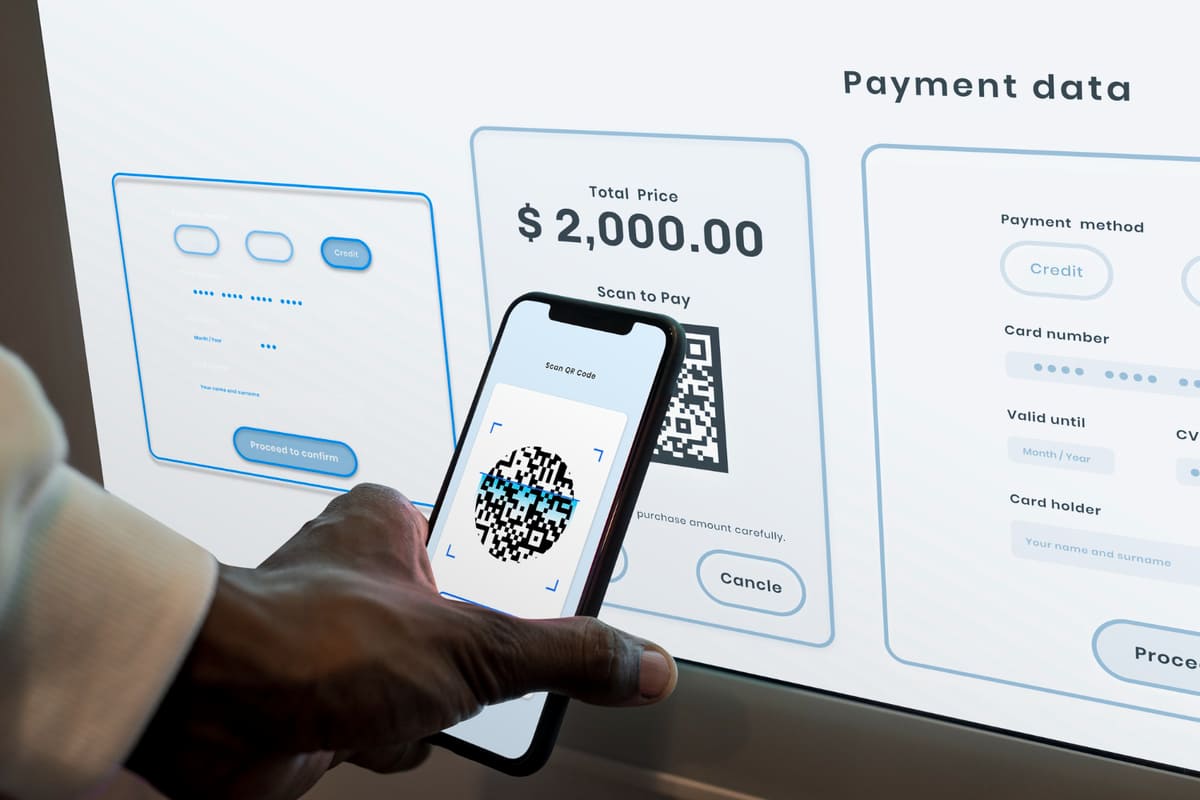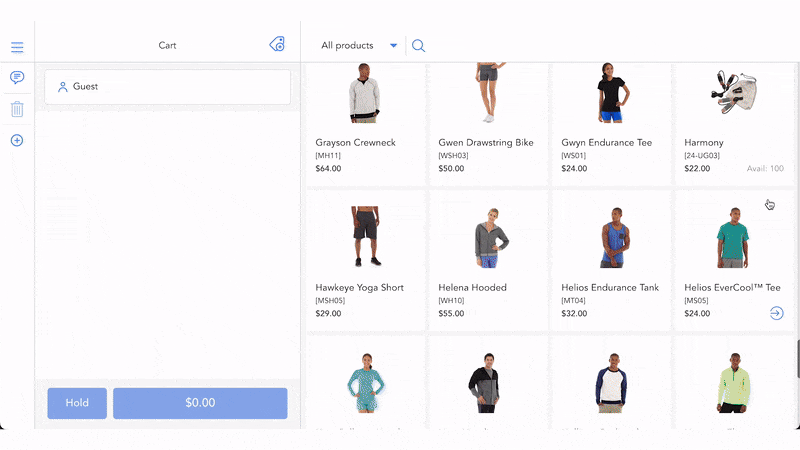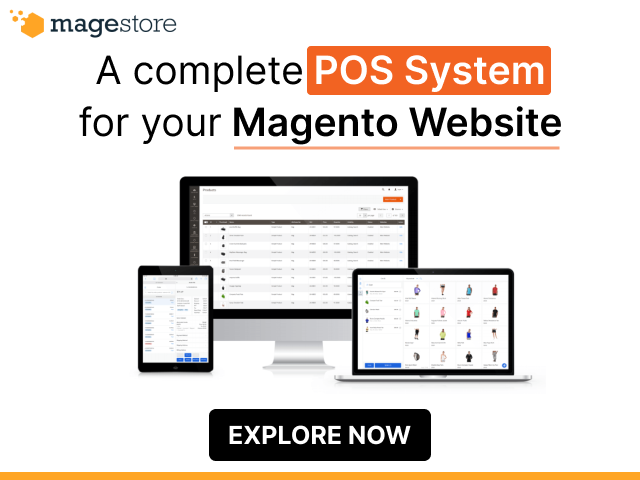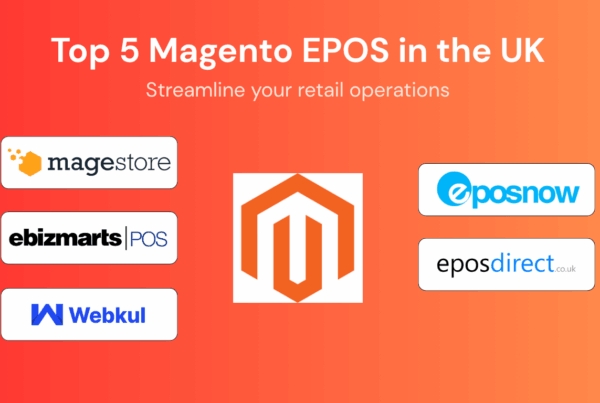Being tied to a single payment service provider limits your ability to accommodate the fast-evolving payment needs of your customers. With a vendor lock-in, adding local payment methods for a specific market or switching to a payment processor with lower fees might be challenging.
Now, about 77% of consumers will abandon their purchase if merchants don’t offer their preferred payment methods. Therefore, retailers need a more flexible solution to meet these ever-changing demands. This is when a payment processor agnostic system comes into play.
Agnostic meaning in payments is the freedom of merchants to switch payment providers to choose the most suitable one for their business. With this setup, you can try, optimize, and adapt the payment processing flow to serve new business requirements and satisfy target customers.
To help you gain a better understanding of these solutions, this post clarifies what payment agnostic systems are and how they benefit retailers. Additionally, we compare agnostic and non-agnostic systems and address some misconceptions about agnostic platforms.
- What is a payment processor agnostic system, and how does it work?
- Why should retailers use a payment processor agnostic system?
- Comparing payment processor-agnostic and non-agnostic systems
- The important role of a payment processor agnostic system in unified payments
- Common misconceptions about payment processor agnostic systems
What is a payment processor agnostic system, and how does it work?
A payment processor agnostic system is a system that is not tied to a specific payment provider either technically or commercially. In other words, it can integrate with any payment processors or payment gateways without being restricted by proprietary technologies, contractual lock-ins, or exclusivity requirements set by any single provider.
The agnostic solutions enable merchants to switch between payment vendors to cater to specific customer preferences, such as local payment methods, mobile wallets, or buy now pay later, and optimize the checkout flows by choosing what works best for their business.
Example of a payment processor agnostic system
Payment agnostic systems range from POS software to eCommerce and SaaS platforms. For example, business owners can integrate their Magento or Shopify online stores or in-store POS systems with popular payment service providers, such as PayPal, Stripe, and Square to let their customers choose the most convenient payment option, reduce processing fees, and obtain higher approval rates.
How to connect an agnostic payment system with payment processors?
An agnostic payment system connects with payment processors using different ways, including APIs, SDKs, or pre-built plugins. Retailers can adopt a payment orchestration platform to better control these vendors. This type of software serves as a central hub that links your system with various payment service providers and helps manage compliance, retries, and transaction routing.
Why should retailers use a payment processor agnostic system?
Being agnostic in payments has become the optimal solution for many retailers as it brings businesses enormous benefits as below.

Flexible to choose and switch between payment providers
Being bound to a payment processor might put your business at several risks. The service provider can experience a sudden outage, increase fees, or not offer suitable payment methods in certain regions, which fail to meet customer needs at the right time and drive down your revenue. In these cases, a payment agnostic system gives you the flexibility and freedom to adapt instantly. You can switch to another vendor, thus ensuring fast payment processing and cost reductions.
For example, Lightspeed POS users have to pay a heavy fine if they don’t use Lightspeed Payments. The fine can go up to 0.58% of the total transaction volume each month, which largely eats into your profits and prevents you from employing another service provider to meet changing payment needs. Unlike Lightspeed, an agnostic payment solution is capable of integrating with various payment processors, letting you freely choose what vendor best serves your business and customers.
Lower processing fees
The dependence on a single payment provider weakens your negotiating power, leading to rising costs, especially when your business expands or when the vendor changes their pricing structure. Being able to connect with different processors, a processor agnostic payment system lets you control where to route your transactions or switch vendors to optimize processing fees and achieve better performance in certain areas.
For instance, Shift4 Payments gives merchants free terminals and attractive processing fees at the beginning. However, the provider has raised its rate by 0.05% + $0.03 per transaction since March 1, 2025. Therefore, businesses using Shift4 Payments have to suffer higher costs. With a processor agnostic architecture, these merchants can choose another service provider instead of depending on Shift4 Payments to process transactions for better savings.
Optimized omnichannel checkout experience
Payment agnostic solutions work with multiple payment processors, thus diversifying payment options for your customers and centralizing all of their transaction data across channels. As a result, customers can easily make purchases and payments on any channel (mobile apps, physical locations, or websites) and enjoy an easier, faster, and smoother checkout experience.
For example, merchants can integrate their eCommerce stores with Worldpay to provide customers with online payment methods like cards and buy now pay later. They can also connect their in-store processor agnostic POS with Worldpay, along with other payment processors, to process in-store transactions, consolidate payment data across channels, and offer a consistent omnichannel payment experience.
Adaptability to new markets
It’s difficult for a payment processor to operate effectively in all markets. Each service provider might dominate or perform better in certain regions. Therefore, if you aim to expand internationally, payment agnostic systems can empower you to add local payment methods that customers prefer, thus quickly adapting to your target markets.
For example, credit, debit cards, and mobile wallets are the most favored payment methods in the U.S. Meanwhile, most customers in China prefer digital wallets (Alipay, WeChatPay, UnionPay). Consequently, retailers who are trying to enter these markets should incorporate these desired methods to attract and retain customers.
Efficient testing for innovation
Being locked in a single payment service provider makes it hard for you to test new checkout workflows or payment solutions for particular customer segments. You might have to re-engineer your current tech stack, which might be costly and time-consuming. On the contrary, an agnostic payment system can rapidly and easily integrate with any vendor, allowing you to run tests to find out which payment provider best fits each market.
For instance, if you want to enter the U.K. markets, you can run tests to learn about which payment methods or processors work most effectively in the market without disrupting your operations.
Improved resilience
Connecting with numerous payment processors minimizes the risks of business disruptions when a vendor suffers technical issues or leaves the market. Thanks to the ability to switch to another payment processor promptly, you can make sure there are no interruptions in processing payments for your customers.
Comparing payment processor-agnostic and non-agnostic systems
The following table sheds light on the differences between payment processor agnostic and non-agnostic systems.
Payment processor-agnostic systems | Non-agnostic systems | |
Integration flexibility | Can connect with a variety of payment processors, enabling flexibility to route transactions for optimized costs and high approval rates | Tied to a single payment service provider, making it difficult to add or combine with other processors, tweak the checkout flow, or test a new payment method |
Payment methods | Provide more diverse payment methods, including the latest or local ones in specific regions, thus better satisfying customers of the target markets | Offer fewer payment options, as it’s difficult to add local or new payment types to these systems |
Vendor lock-in | Low Not hardcoded with any single payment service provider, thus giving merchants the freedom to choose the most suitable one | High Integrated with a limited number of payment processors, so changing to other payment service providers might be more costly |
Cost | Potential for higher savings as users can direct transactions to the processors that offer the best rates based on geographical areas | Have higher processing fees due to great dependence on a single payment service provider |
Business agility | High Quickly adapt to emerging technologies and satisfy changing customer demands, as it can switch between payment processors | Low Slow to meet new business demands and customer preferences, as it needs complex and time-consuming technical updates |
Who should use | Retailers selling internationally or targeting many markets across the globe | Small merchants with limited geographical reach |
Ease of adoption | Easy to integrate with your current technological infrastructure | Might require complex integration work |
Hardware lock-in | Can work with a wide array of hardware types, allowing merchants to make use of the existing devices rather than having to purchase new ones | Limited hardware options, as the system requires certain hardware types to run properly, leading to increased expenses to afford new devices |
Lifespan | Have greater longevity as these systems don’t rely on any other platforms, so they can continue working when a system or technology phases out | Shorter longevity due to great dependency on particular platforms or technologies, so they might stop working when these systems are no longer used |
The important role of a payment processor agnostic system in unified payments
A payment-agnostic system is pivotal in fostering unified payments. These solutions, such as POS and eCommerce platforms, integrate with different payment processors to incorporate a wide range of payment methods for their sales channels, from online stores to physical locations. Thanks to this, retailers can offer customers different ways to make payments, regardless of where they purchase.
Moreover, linking your POS and eCommerce platforms fosters real-time data movement between them, thus consolidating customers’ transaction data across channels in one place for management and insight extraction.
Let’s take an example. The Magento eCommerce platform can connect with multiple payment gateways and processors to widen payment choices for customers. In particular, Magento has built-in payment gateways such as PayPal, and also works with 3rd-party payment extensions like Square, Adyen, and Stripe. As a result, customers can select their favorite payment methods when buying online.
To use the same payment solutions for both online and in-store purchases, an agnostic payment POS like Magestore POS is an optimal choice. Magestore POS can integrate with an unlimited number of payment providers, including WorldPay, Square, and Stripe to process different payment types. Besides, processor agnostic POS by Magestore is also natively compatible with the Magento platform, thus fostering direct communication between systems for data exchanges. Thanks to this, you can gather and centralize online and offline payment data on the Magento backend. This allows you to access customer transaction data from the POS or Magento stores, handle returns for an online purchase, and more.
Common misconceptions about payment processor agnostic systems
There exist some wrong beliefs about payment agnostic systems. These confusions might hold retailers back from adopting agnostic setups for their business. Let’s examine the most popular misconceptions below.
“Processor agnostic in payments are less secure.”
Many worry that connecting with different payment service providers and jumping back and forth between vendors can cause higher security risks. However, this is not the case as the orchestration platform, which fosters agnostic setups, is built with security in mind by employing advanced technologies like tokenization and encryption and ensuring flexible compliance.
“Using a gateway already means you’re agnostic.”
Some gateways are tied to a particular payment processor or acquiring bank; therefore, it’s impossible for you to route your transactions to other service providers for processing, which isn’t agnostic. Being agnostic means you can easily and freely switch between vendors, combine, or configure the checkout workflow to satisfy your customers’ payment requirements.
“Agnostic systems provide less support.”
Even when using an orchestration platform to manage multiple processors, you can still get support from these vendors. The centralized support and reporting help improve your operational performance.
Conclusion
Payment agnostic systems free you from being locked in a payment service provider that can no longer help you catch up with your customer needs. Rather than keeping you confined to one vendor, these solutions allow you to freely choose the most suitable processor for your target customers without rebuilding your tech infrastructure. By doing this, you can add more region-specific payment methods, reduce processing fees, test a new payment provider, or remove an unsuitable payment vendor.
Choosing an agnostic payment system for both online and offline businesses will give you many advantages in the long run. For handling payments at brick-and-mortar stores, Magestore POS is an optimal solution thanks to its flexible payment processor integration. Talk to Magestore experts to learn how Magestore streamlines your payment processes.
FAQs about a payment processor agnostic system
What does agnostic mean in technology?
Agnostic in technology means not being tied to any single platform or system. Therefore, agnostic solutions can easily work with multiple systems and switch between them.
What is payment agnostic?
Payment agnostic refers to the ability to integrate with many different payment processors and switch vendors without being limited by any payment service provider.
What are processor-agnostic Magento POS systems?
Processor agnostic Magento POS systems are POS that not only can connect with myriad payment processors but also natively integrate with the Magento eCommerce platform, thus enabling payment data consolidation across channels in one place.
What is hardware agnostic?
Hardware agnostic refers to the ability to work with many different hardware devices. There are few dependencies or limitations on device choices.
What is the difference between a processor-agnostic and a non-agnostic system?
Processor-agnostic systems are independent of any systems or platforms and can integrate with multiple payment service providers. Meanwhile, non-agnostic ones can only connect with certain processors.













